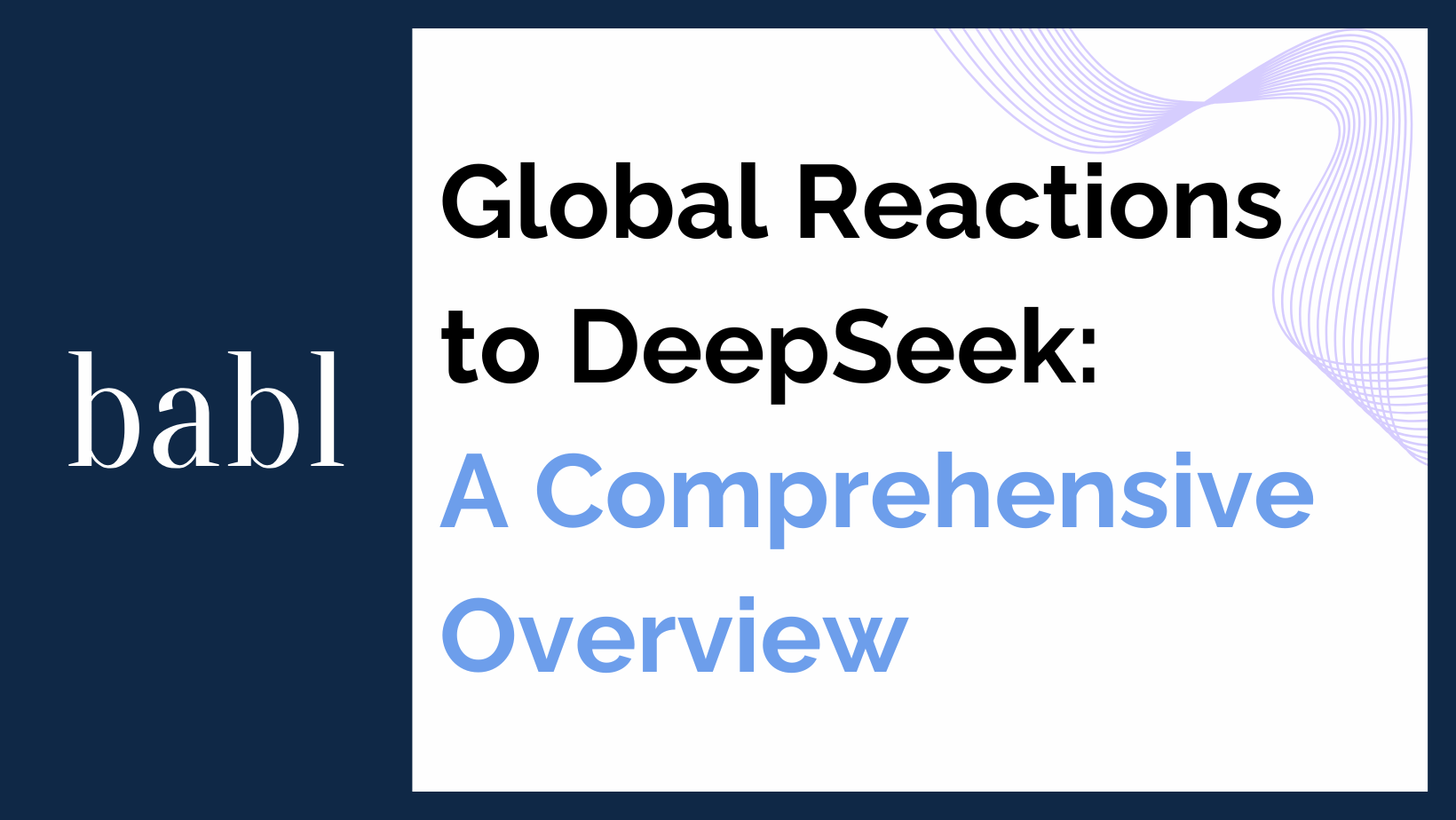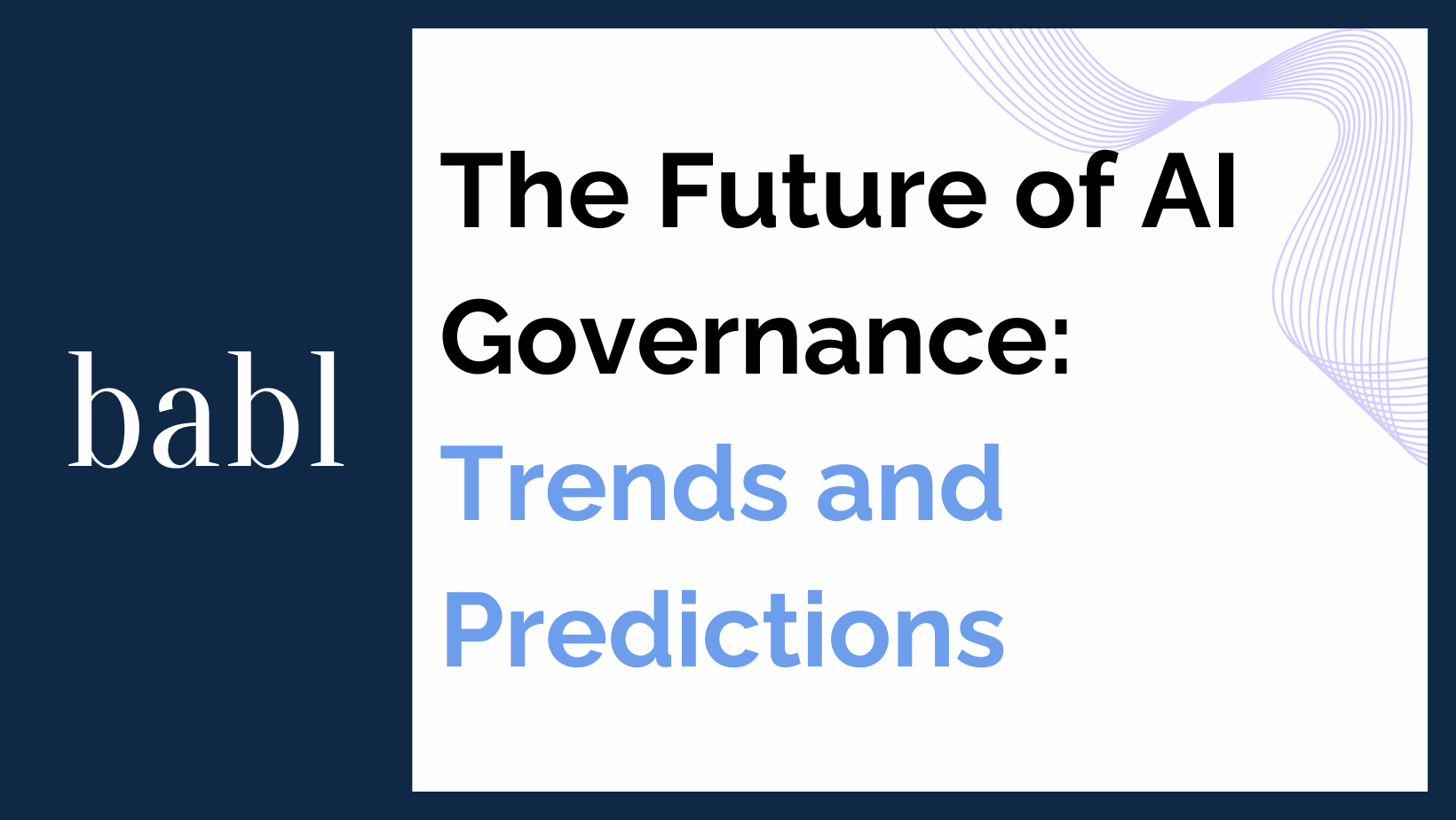As the applications of generative artificial intelligence (AI) burgeon across various sectors, from creative industries to customer service, the risks associated with its deployment become increasingly pronounced. Generative AI, known for its ability to create content ranging from textual material to images and videos, holds tremendous potential. However, this capability also introduces significant challenges that necessitate robust risk mitigation strategies. Understanding these risks and implementing effective safeguards is critical to harnessing the benefits of generative AI while minimizing potential adverse impacts.
Identifying Key Risks of Generative AI
The primary risks associated with generative AI include the generation of misleading information, the potential misuse of AI-generated outputs, and issues stemming from the lack of transparency in how these models make decisions. For instance, generative AI can produce realistic but entirely fictional media content, which can be used to create deepfakes or propagate fake news, thereby exacerbating the challenge of misinformation in the digital age.
Strategies for Mitigating Risks
-
Rigorous Testing and Validation
AI models need stress-testing under diverse conditions. Companies can use synthetic data to expose flaws and biases before systems reach the public. This reduces harmful outputs in real-world use. -
Building Transparency
Developers should design models that explain their decisions. Clear explanations build accountability. In regulated sectors, explainability is critical to ensure compliance and trust. -
Robust Data Governance
High-quality data drives safer AI. Training sets must be representative and free from bias. Regular audits of data sources and training processes help catch risks early. -
Ethical Guidelines and Standards
Developers and organizations should follow ethical principles covering consent, privacy, and individual rights. These standards prepare companies for regulatory obligations and strengthen user confidence.
Challenges in Risk Mitigation
-
Rapid Technological Change
AI advances faster than governance. Regulators often struggle to keep pace, leaving gaps in oversight. -
Balancing Innovation and Safety
Strict rules can slow innovation, while weak guidelines allow risky deployments. Finding the right balance is essential. -
Global Coordination
AI is a global technology, but regulations vary widely. Effective risk management requires international cooperation and common standards.
Conclusion
Generative AI has enormous promise—and equally significant risks. Effective safeguards demand testing, transparency, ethical frameworks, and strong data governance. Although challenges remain, these steps ensure AI can drive positive change without causing unintended harm. Moving forward, organizations must regularly adapt their risk strategies to match the pace of innovation. By doing so, they can use generative AI responsibly, creating value for society while protecting the public from harm.
Need Help?
If you’re concerned or have questions about how to navigate the global AI regulatory landscape, don’t hesitate to reach out to BABL AI.Their Audit Experts can offer valuable insight, and ensure you’re informed and compliant.





